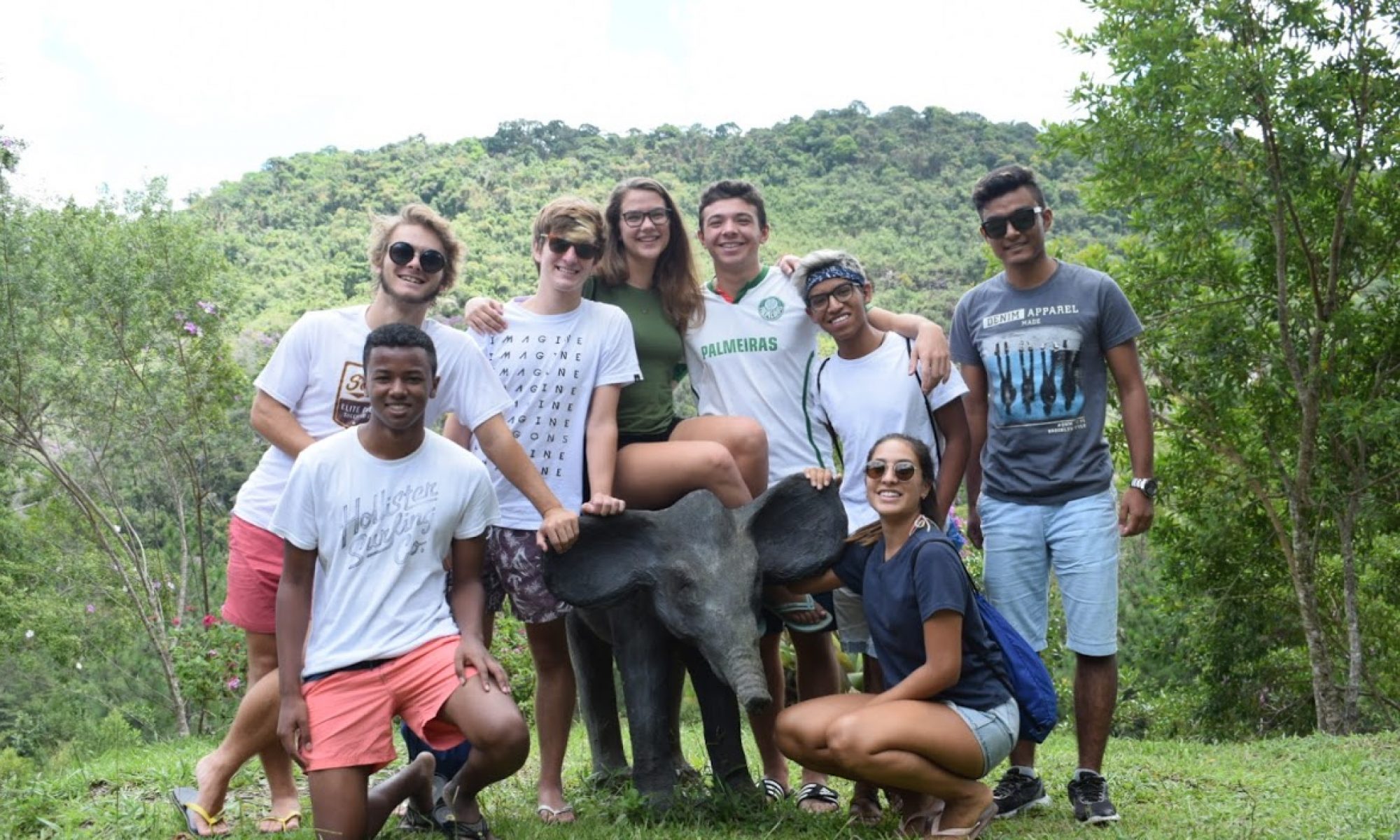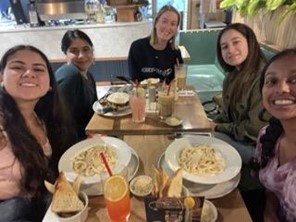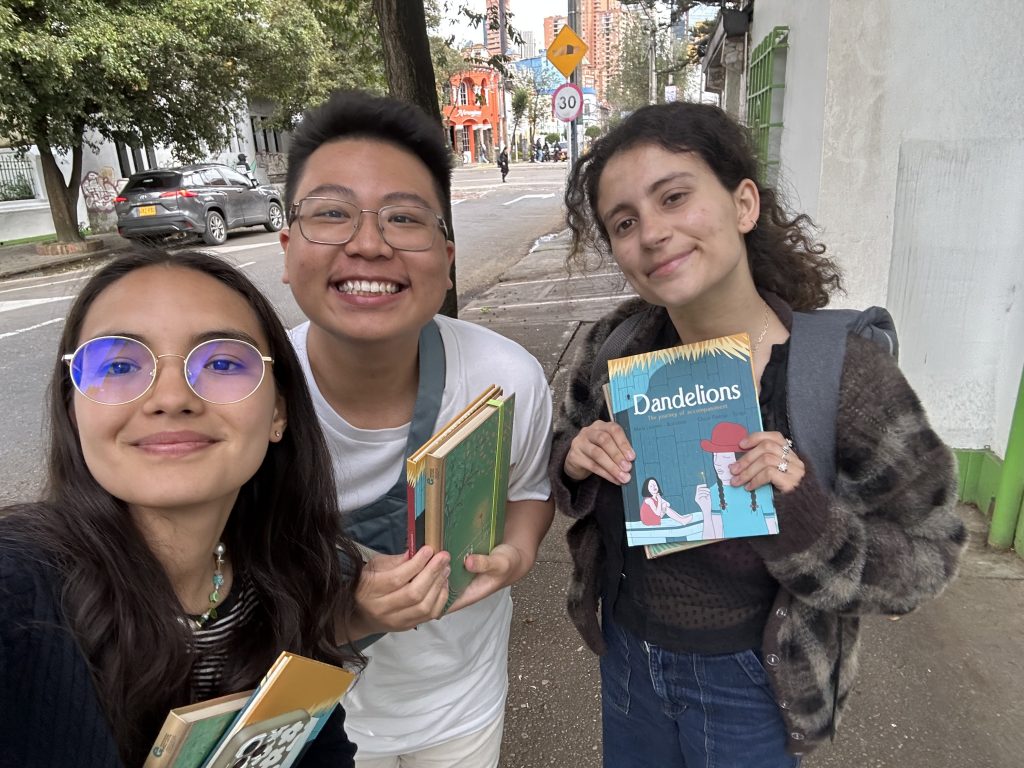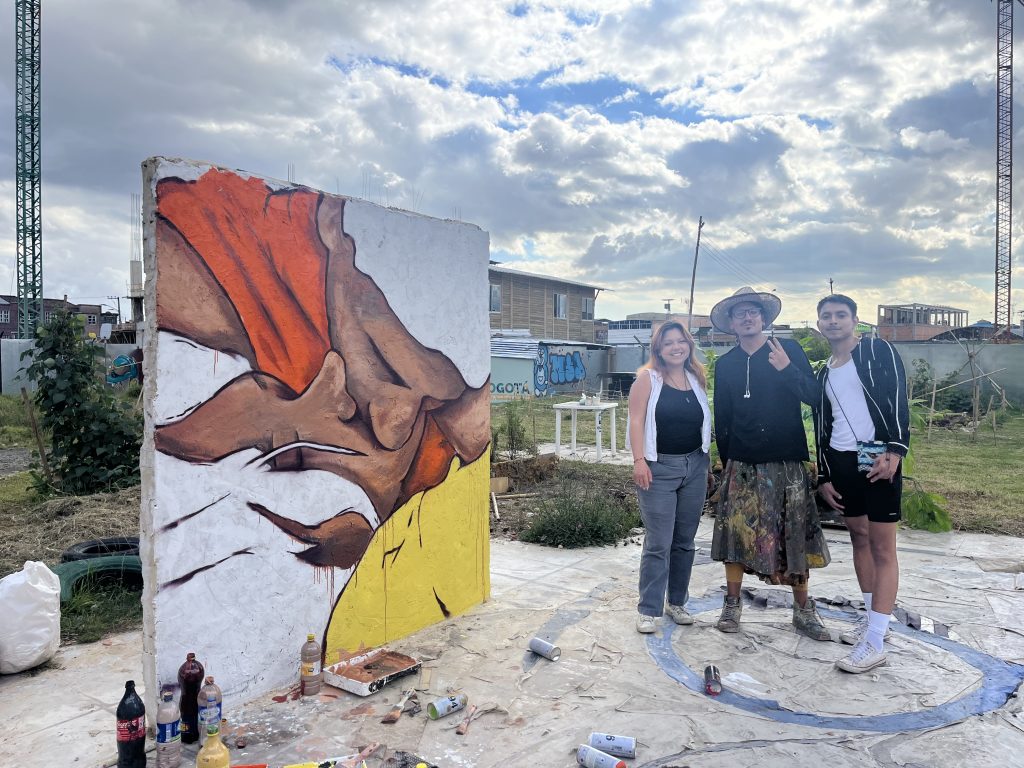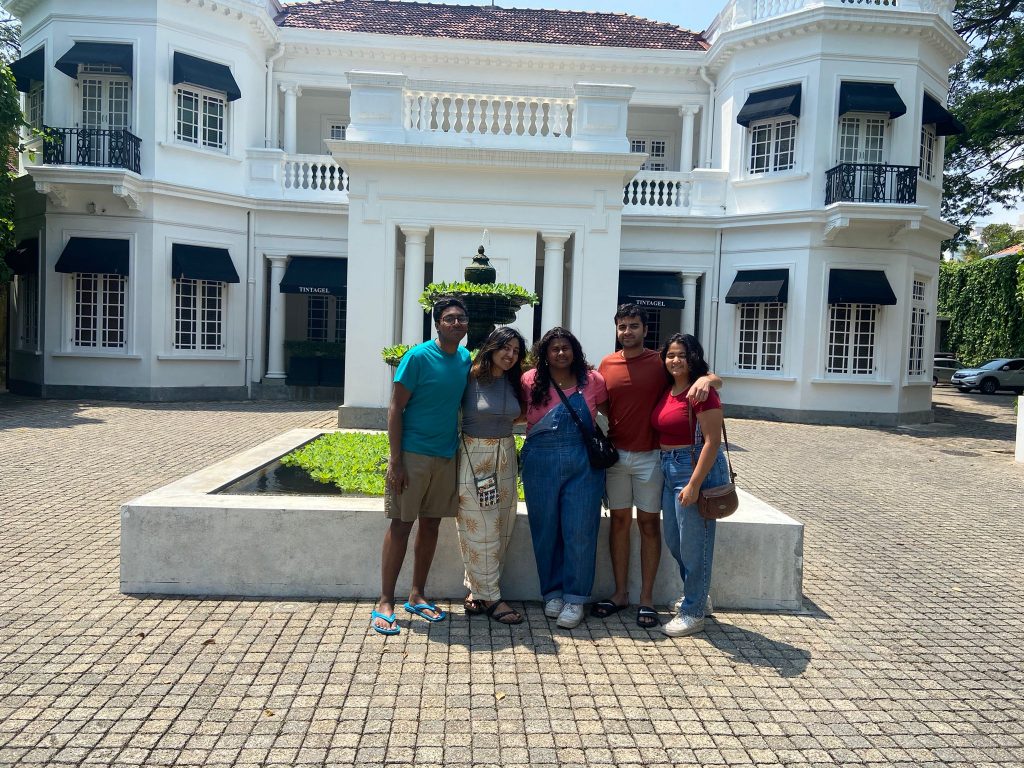By: Sabah Lockhandwala
This morning we had breakfast with the Chairman of a Sri Lankan think tank and a consultant in Sri Lanka as a group. Our meeting helped contextualize the economic situation in Sri Lanka and what historical events led to the economic crisis last year (and gave us another opportunity to have hoppers, a popular Sri Lankan breakfast food Selomi introduced us to). We also had the chance to learn more about social issues within Sri Lanka’s civil society and how tensions have
changed throughout recent decades. From our conversation, I found the dissonance between policy goals and implementation strategy in Sri Lanka intriguing, as well as how facets of culture impact how a policy actualizes within a nation.
I also had some interviews related to my research. My research topic is about gendered Islamophobia in Sri Lanka and highlights how Muslim women face marginalization amidst nationalism, ethnoreligious polarization, and global trends of anti-Muslim racism. I spoke with Shreen Saroor, a human rights activist who initiated programs with the United Nations for the status of women in Sri Lanka. Her current work deals with Sri Lanka’s Prevention of Terrorism Act, a counterterrorism policy implemented during the Sri Lankan civil war often used to target Tamil minority communities. Today, the TPA targets Muslim communities and imprisons Muslim people without cause or substantiated suspicion. Saroor works with those incarcerated by the TPA and secures lawyers, bail funds, and reintegration programming. In our interview, Saroor spoke about the gendered aspect of her current work. When women’s husbands or fathers are taken away under the TPA, women are left with minimal financial and social support. Additionally, they face social stigmatization by their neighbors, leaving Muslim women bearing the brunt of anti-Muslim policies. Saroor also advocated for changes within the Muslim community. For her, investing in women’s education, financial autonomy, and marital rights from a community level is just as important as investment from an institutional level like the Sri Lankan government.
Another enriching interview this weekend was with Ferial Ismail Ashraff, Sri Lanka’s first Muslim woman parliamentarian. Her husband founded the Sri Lankan Muslim Congress, a political party advocating for Muslim rights in Sri Lanka. In our interview, Ashraff spoke about her experiences entering government as a Sri Lankan Muslim and the discrimination she faced for veiling and being Muslim in a post-9/11 society. Ashraff also spoke about her fears after the Easter Bombings in Sri Lanka in 2019, relaying how Muslim communities felt more targeted after the event institutionally and socially. In conversation with Ashraff, I also learned more about the status of women in general in Sri Lanka. She advocated for more reforms to engage women in the economy and politics. I appreciated the opportunity to learn about the Sri Lankan government and the Muslim community’s unique history with Sri Lankan parliament.
After everyone else’s interviews with professors, researchers, policymakers, and individuals in the private sector, we took the evening to explore Colombo. We all spent some time walking around the city and enjoying the warm weather we never find in Somerville. Arnav and I stumbled upon some local art galleries, where Sri Lankan artists depicted their perceptions of the Sri Lankan civil war, ongoing economic crisis, and internal migration. At dinner, we continued trying Sri Lankan food, such as spicy prawn curry, kottu, string hoppers, and everyone’s personal favorite–mari biscuit pudding.
